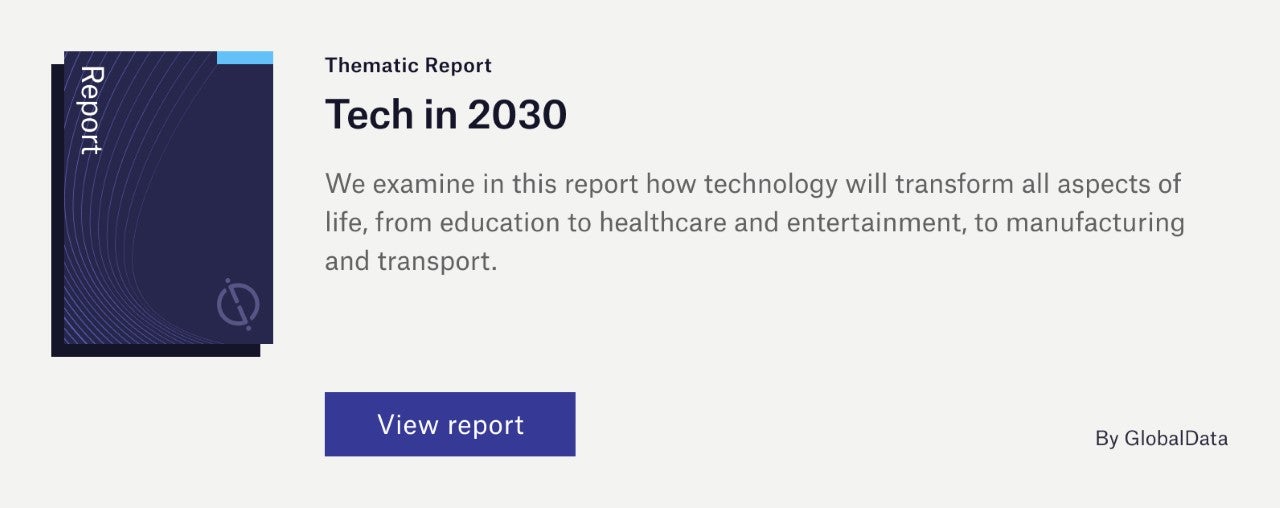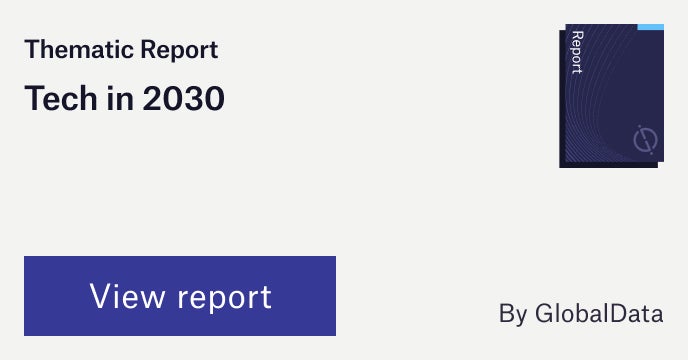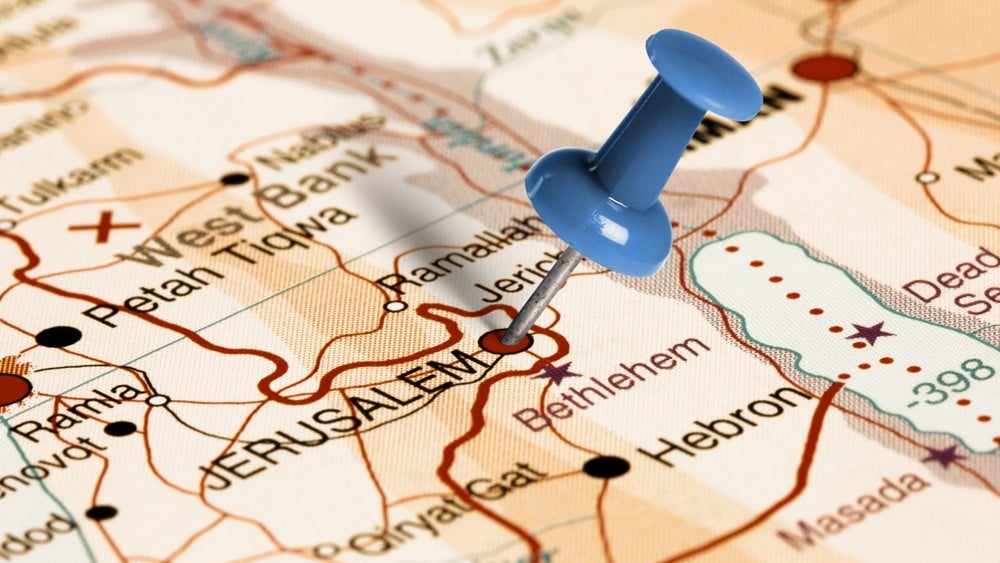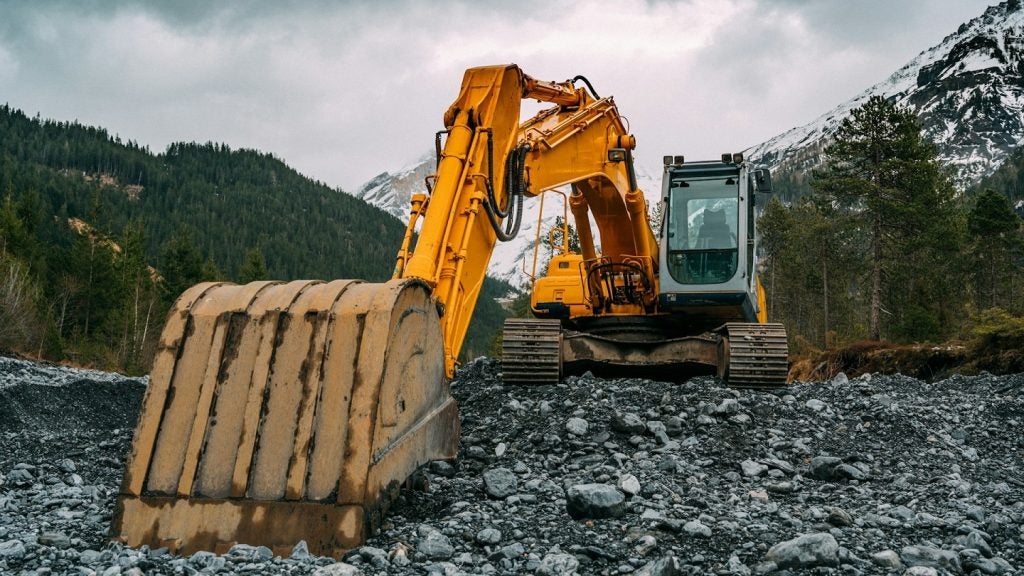The future of the life insurance industry will be shaped by a range of disruptive themes, with robotics being one of the themes that will have a significant impact on life insurance companies. A detailed analysis of the theme, insights into the leading companies, and their thematic and valuation scorecards are included in GlobalData’s thematic research report,Robotics in Insurance – Thematic Research. Buy the report here.
GlobalData defines a robot as a machine capable of carrying out a complex series of actions automatically and repeatedly. Insurers are increasingly using a key segment of the robotics value chain, drones, to streamline claims and risk assessment processes.
Robotics is helping insurers inspect post-catastrophe areas that are hazardous for human adjusters. For example, Farmers Insurance uses Boston Dynamics’ robot dog for in-field catastrophe claims handling and property inspections. Such robots can relay their findings via video footage in real-time and feature third-party software. On the same note, drones can inspect dangerous terrains and assets, saving on the need for additional agents and infrastructure for human inspections. In addition, drones allow inspections to be carried out more quickly, improving customer service.
Medical robots and exoskeletons are growing areas of interest for life insurers, who are increasingly offering policyholders access at no additional cost. For example, AIG partnered with Cyberdyne to offer policyholders in rehabilitation from severe injuries an exoskeleton to help them recover. Moreover, Aflac has developed a social robot that comforts children undergoing cancer or sickle cell treatment and is distributing them in hospitals across the US. Such activity can bolster an insurer’s reputation and improve patients’ quality of life.
The increased deployment of robots by industries and consumers presents a growing risk exposure for insurers to cover. Robotics insurance is not yet commonplace, with insurers and regulators still needing to navigate the issue of liability in the event of a robot causing injury or damage. Drone insurance is more widely available, and insurers will continue to offer coverage as the popularity of drones increases.
However, not all companies are equal when it comes to their capabilities and investments in the key themes that matter most to their industry. Understanding how companies are positioned and ranked in the most important themes can be a key leading indicator of their future earnings potential and relative competitive position.
According to GlobalData’s thematic research report, Robotics in Insurance, leading adopters of robotics in the life insurance sector include: AIG, Allianz, Travelers, Chubb, Zurich, MetLife, Munich Re, Swiss Re and Farmers.
Insights from top ranked companies
AIG
In 2016, AIG partnered with Cyberdyne to offer policyholders access to a no-cost physical training programme using HAL, a robotic exoskeleton that aids rehabilitation following severe injuries. AIG’s hospital network also offers robotic surgery using the da Vinci Xi. Further, AIG offers robotics insurance through its Robotics Shield, providing end-to-end risk management for the technology.
As a market leader in aviation insurance, AIG took the natural step in 2015 to offer one of the first unmanned aerial vehicle insurance policies. Its drone insurance provides broad physical damage and third-party liability coverage, encompassing risks such as collisions, technical malfunctions, and “spoofing” (being remotely hijacked). AIG also deploys drones to inspect assets using aerial imagery, streamlining underwriting and claims processes. In 2015, it became the first insurer to have a fleet of drones approved for use by the FAA. This allows it to instantaneously collect huge amounts of data on large commercial and agriculture sites following severe weather incidents.
In 2017, Allianz partnered with insurtech start-up Flock to develop an app for commercial and recreational drone pilots to purchase pay-as-you-fly drone insurance. In 2021, Bajaj Allianz similarly partnered with TropoGo to develop another drone insurance product, with covers including damage, third-party liability, beyond visual line of sight (BVLOS), and night flying. Allianz has partnered with Droneflight to provide customers with various drone services, including drone inspection, drone training, and drone mapping. Allianz also deploys drones to inspect complex and hazardous environments.
Zurich
Zurich uses drones to speed up inspections, particularly to assist insurance claims for damaged crop fields for its Rural Community Insurance Services (RCIS) policyholders. There are high-efficiency gains to be made in this area considering the time and effort expended by walking through hundreds, sometimes thousands, of acres of land. Its drone activity is supported by its partnership with specialist drone flight company Iprosurv since 2018. Zurich has pushed its drone sustainability agenda more than some competitors, stressing the environmentally-friendly nature of drone technology. It also offers drone insurance covering first-party property coverage and third-party liability coverage, developed in partnership with Global Aerospace Underwriting Managers.
To further understand the key themes and technologies disrupting the insurance industry, access GlobalData’s latest thematic research report on Robotics in Insurance.
- Dai-ichi Life
- Great-West Lifeco
- YuLife
- Prudential Financial
- Manulife Financial
- Oscar Health
- Bright Health
- Dacadoo
- Sun Life Financial
- Aviva
- DeadHappy
- AEGON
- Anorak
- BIMA Mobile
- Cigna
- HDFC Life
- China Pacific Insurance
- Cathay Financial Holding
- AIA
- China Life Insurance
- Old Mutual
- Royal London
- LV=
- Legal & General
- Anthem
- Humana
- Saga
Data Insights
From

The gold standard of business intelligence.
Blending expert knowledge with cutting-edge technology, GlobalData’s unrivalled proprietary data will enable you to decode what’s happening in your market. You can make better informed decisions and gain a future-proof advantage over your competitors.
Frequently asked questions
-
1. How does robotics impact the insurance industry?
Insurers' most important segments of the robotics value chain are drones and inspection, cleaning, and maintenance robots. Drones help insurers gather vast amounts of data, including images of large or hard-to-reach assets, whether for risk assessment or during the claims process. Maintenance robots monitor the condition of an asset and alert customers when a repair is needed, reducing the likelihood of future claims. The insurance industry underutilizes inspection robots. They hold great potential for safely inspecting post-disaster zones, with the ability to gather more information about an environment than a drone.
-
2. Who are the top robotics adopters in insurance?
The leading robotics adopters in insurance include AIG, Travelers, Chubb, Zurich, MetLife, Munich Re, Swiss Re, and Farmers.
-
3. Who are the leading providers of robotics in the insurance industry?
The leading providers of robotics in the insurance industry include Cyberdyne, Droneflight, Loveland Innovations, Aloft, and Boston Dynamics.
-
4. What are the components of the robotics value chain?
The components of the robotics value chain include robot manufacturing, hardware components, software components, and robotics as a service.









